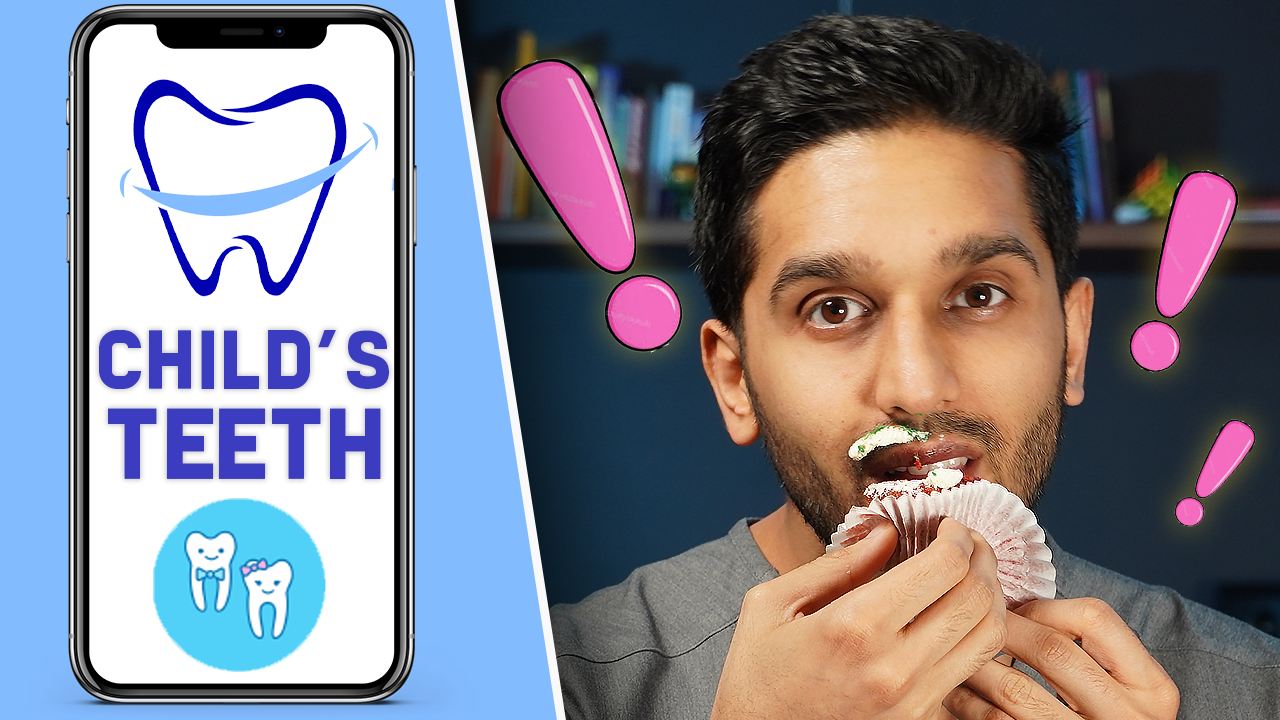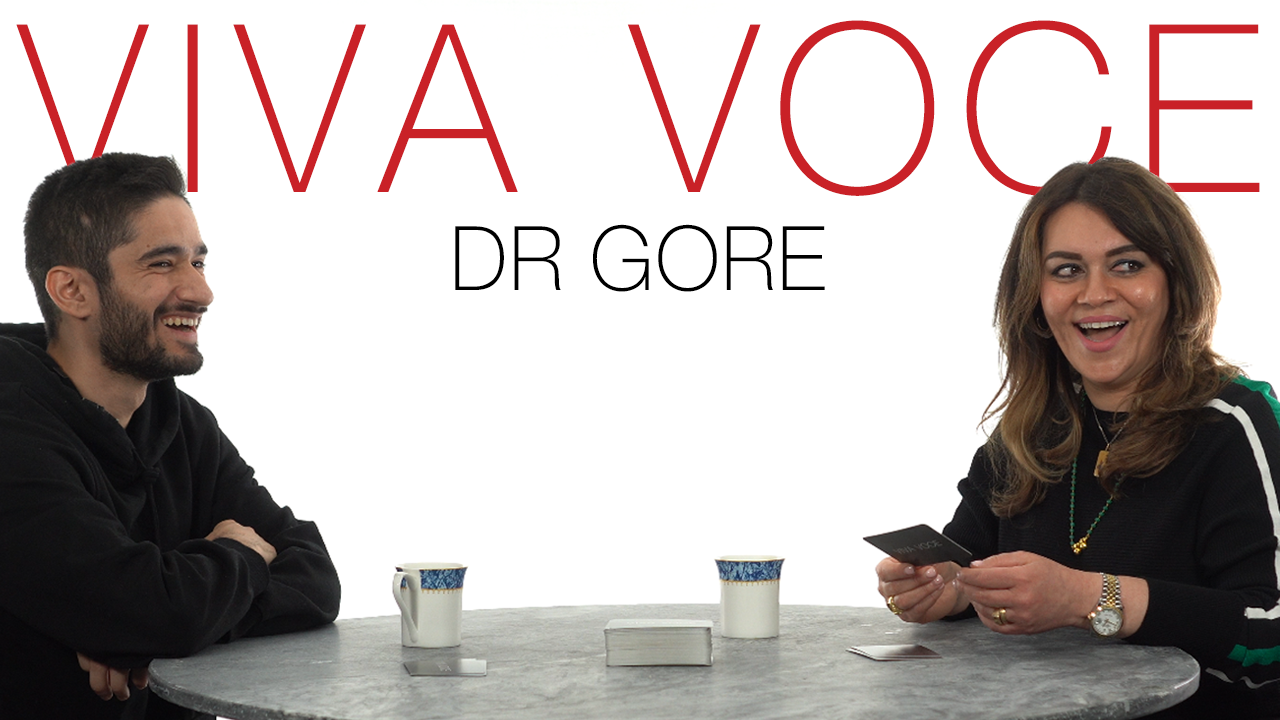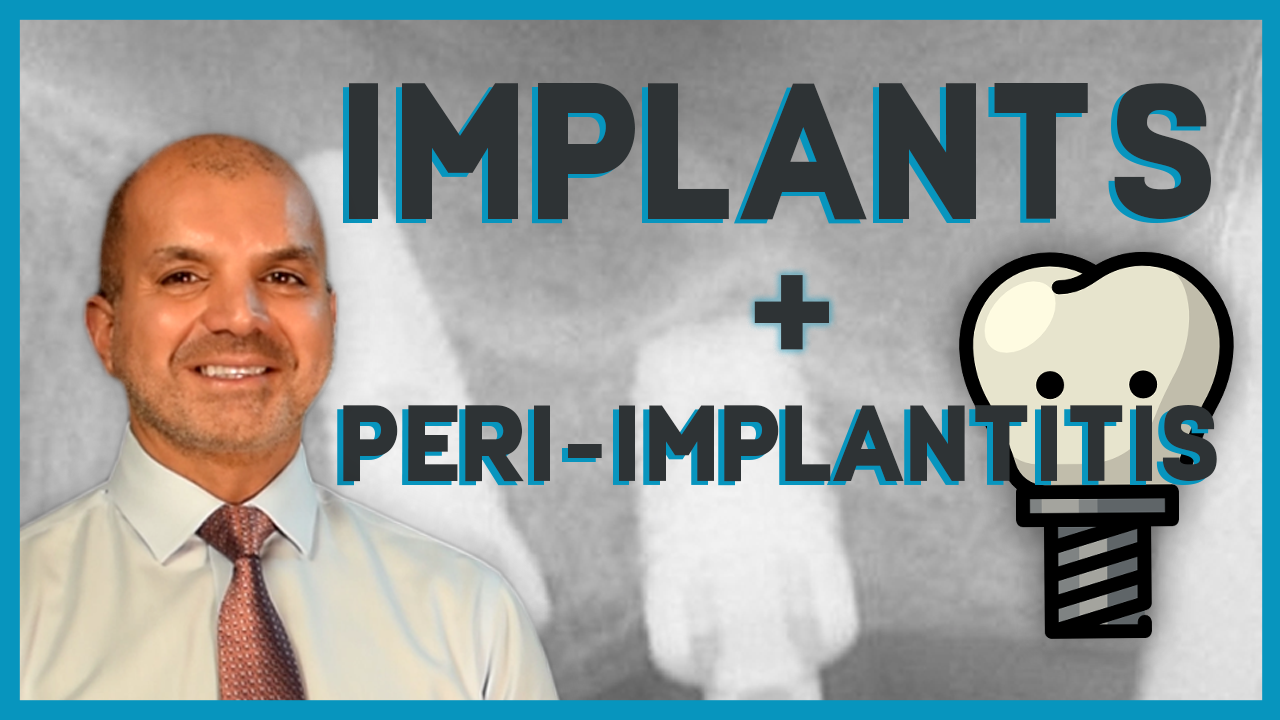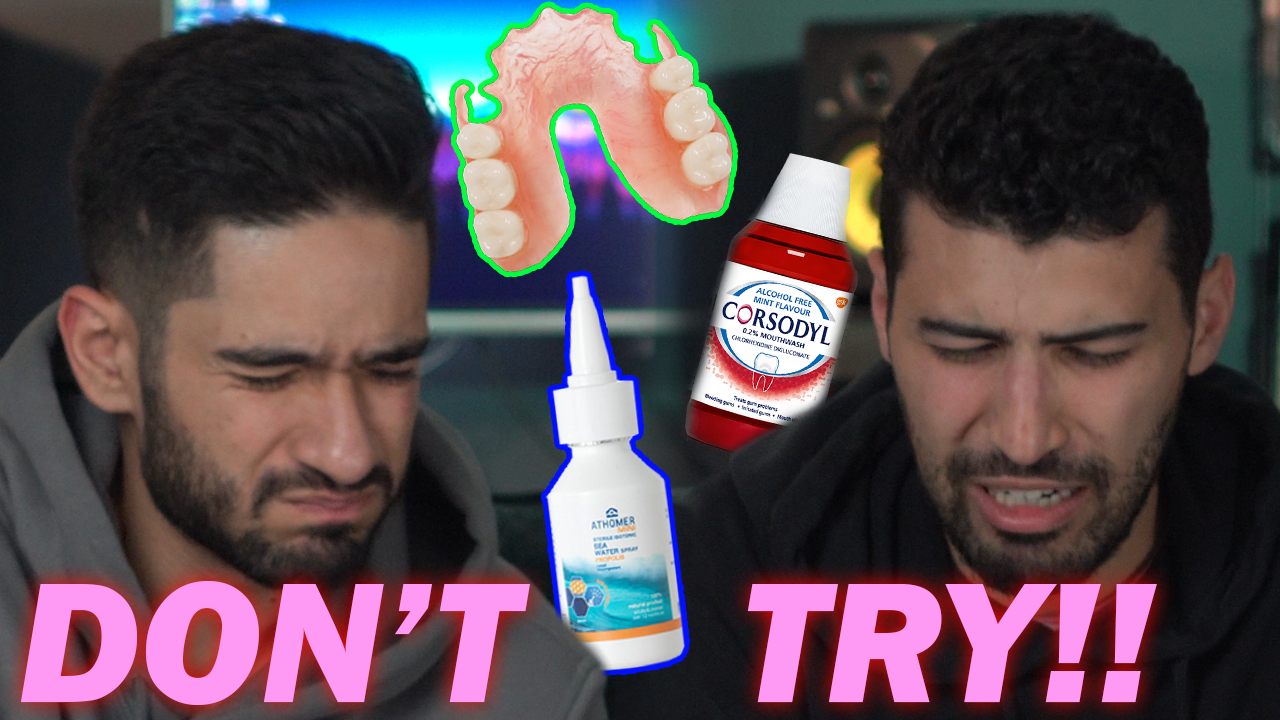In this video we’ll be covering what temporomandibular disorders are, the symptoms a person might present with, what causes it and most importantly how to manage it.
What is TMD?
Temporomandibular disorders or “TMDs” are a variety of conditions which affect the jaw joints and or the muscles around the jaw. It’s fairly common and while loads of people have signs of TMD, only a small number of people actually get painful symptoms. It usually lasts a few months before getting better but can also come back from time to time.
Symptoms
A person suffering from TMD may hear some clicking, popping and grinding or grating noises when they open and close and these may or may not be painful. They might also get some soreness and aching in their jaws and it might be consistently worse at different times in the day or when they do specific actions like biting, chewing or yawning.
Someone with TMD might also find it hard to open their mouth wide and some people might actually get a locked jaw. Other symptoms include headaches, earaches and neckaches and some might find it hard to sleep.
Causes
The exact cause of TMD isn’t really known but there are a few things which may collectively play a role in causing or worsening it and while it’s easy to blame the teeth, this isn’t usually the cause.
A persons lifestyle is a huge factor which affects TMD and strongly relates to habitual changes a person might make and is usually stress-induced. If a person is constantly stressed they are more likely to be clenching and grinding their teeth and this usually results in overworking the muscles of mastication. Overworking these biting muscles can cause them to grow like any other muscle in the body and this can be especially worse, if they over-grow asymmetrically.
This can also happen if someone is repeatedly biting on pencils or their nails, or even if their diet mainly consists of hard and chewy foods. Other examples of habits which can worsen TMD are playing with tongue piercings or constantly placing their head in awkward positions like when you hold a phone between your ear and shoulder. The last cause we’ll talk about is poor posture. By having a forward head posture, you will slowly change the way that the temporomandibular joint functions, leading to TMD.
Management
TMD usually gets better with time and tends to respond well to reversible and non-invasive treatments. That said it should be conveyed strongly to the patient that the most important part of the treatment is carried out by themselves. There have been many studies which show that most patients get better with self-care. This means that they need to reduce any stresses that are currently happening in their lives and while this can, for some people, mean huge lifestyle changes, it’s paramount to explain to the patient that there is a bio-psychosocial aspect to TMD. What they think, feel and do can effect their physical symptoms and so we need to make sure that they are lessening the amount of stress in their lives.
If the patient constantly negatively reinforces thoughts like “I can’t cope with this” or “there must be something seriously wrong with me”, they’ll start to feel anxious. This anxiety will usually result in inhibition and lessen how much they enjoy doing things, which will increase their attention to their symptoms, and ultimately cause them to notice the pain more. The more they notice the pain and lack of sleep, the more they’d believe that initial thought that “there is something seriously wrong with me” and the cycle continues leading to more pain and more symptoms. Other methods of self-care involve giving the muscles an opportunity to rest. This can be done by avoiding habits which might be worsening their TMD, like nail biting and ensuring their posture is correct so that they don’t strain their neck. A soft diet is also recommended until the symptoms are gone and then the patient should return to their normal diet.
If the symptoms haven’t gone within 2 to 4 weeks of changing their diet, then it should be recommended that they return to their normal diet as chewing tough foods is unlikely to be the cause of their TMD. Also, being placed on a soft diet for a prolonged period of time can cause them to lose fitness in their MOM and lead to poor nutrition.
Another method of self-care that should be recommended is to allow their jaw to relax, making sure that their teeth are in their resting position not touching each other, with their lips pressed gently together. They can use a reminder system by, for example, placing a little sticker on something they use often like their phone, and every time they see this sticker, it will encourage them to relax their jaw.
The patient should also be encouraged to engage in breathing and jaw exercises. One breathing exercise that they could do is to sit somewhere they are relaxed, place one hand beneath their rib cage and slowly and deeply inhale trying to fill their lungs with air while feeling their hand rise. Pause for a few seconds before slowly exhaling while imagining all their tension is draining out of their body. Repeat this 10 times and try to do it once or twice a day.
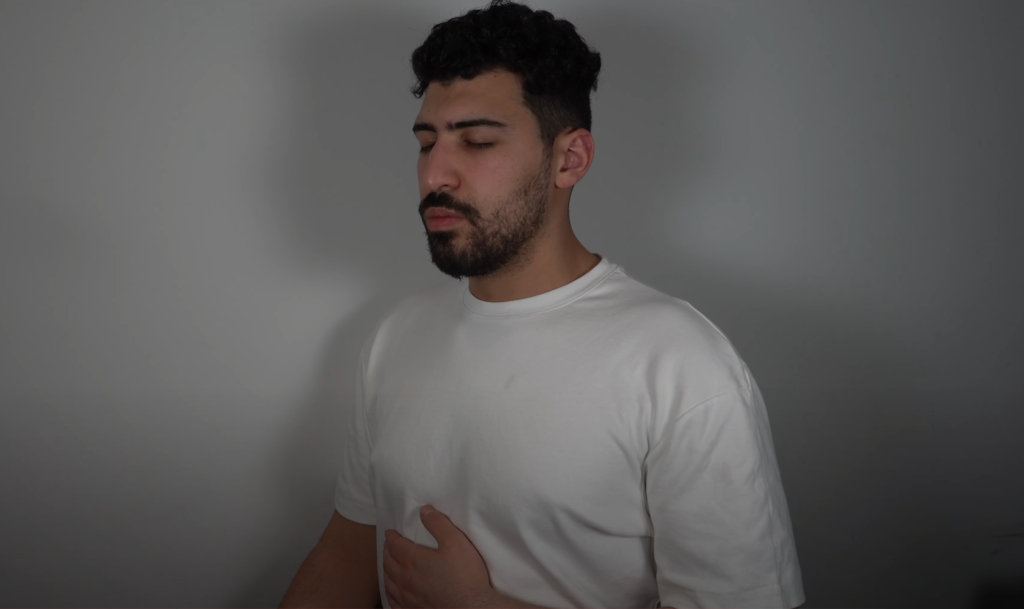
One exercise which has been recommended by physiotherapists to encourage smooth and protective jaw opening is to go to a mirror, place your fingers just in front of your ears over your jaw joints and curl your tongue to the roof of your mouth. Then while keeping your tongue there, open your jaw slowly and smoothly in straight line avoiding any sideways deviations. Repeat this 5 times a day.
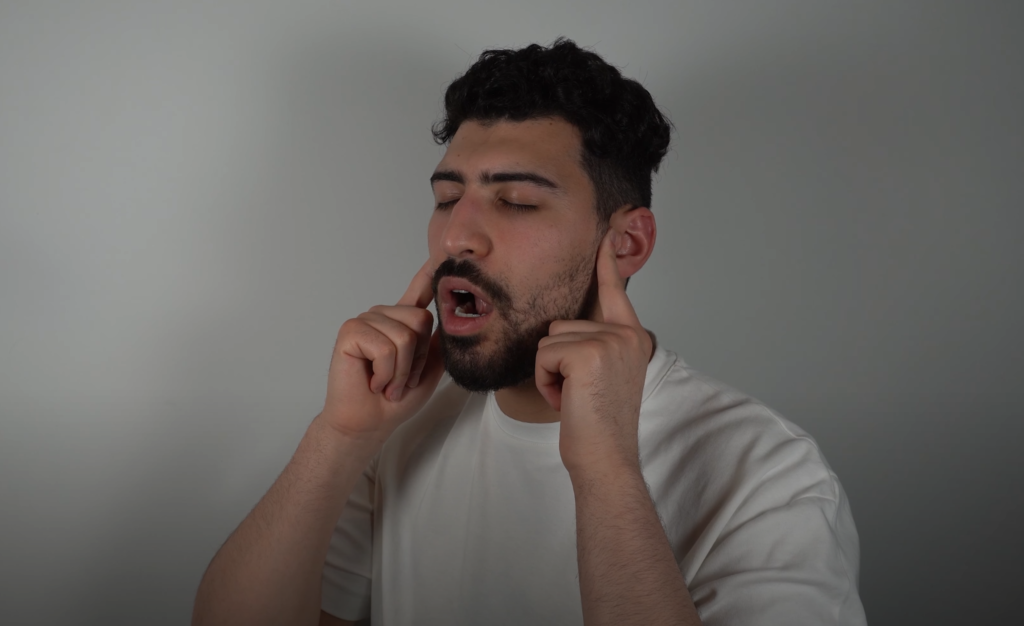
The second exercise a patient should learn is to strengthen the muscles that control jaw movement by placing your hand under your chin while in the resting position with your teeth slightly apart. Then open your mouth while your hand resists the opening and hold it there for 5 seconds. And repeat this 5 times a day too.

Other forms of management for TMD include the recommendation of appropriate analgesics for when the pain intensifies. And last but not least, the fabrication of splint for the patient. A splint can protect the teeth from parafunctional habits like clenching and grinding and reduces tension in the facial muscles.
So just to briefly summarise, studies show that most patients will get better with a combination of self-care and de-stressing, breathing and jaw exercises, a splint and the use of analgesics as required. This combination has been shown to have between 68 and 95% success in treating TMD.
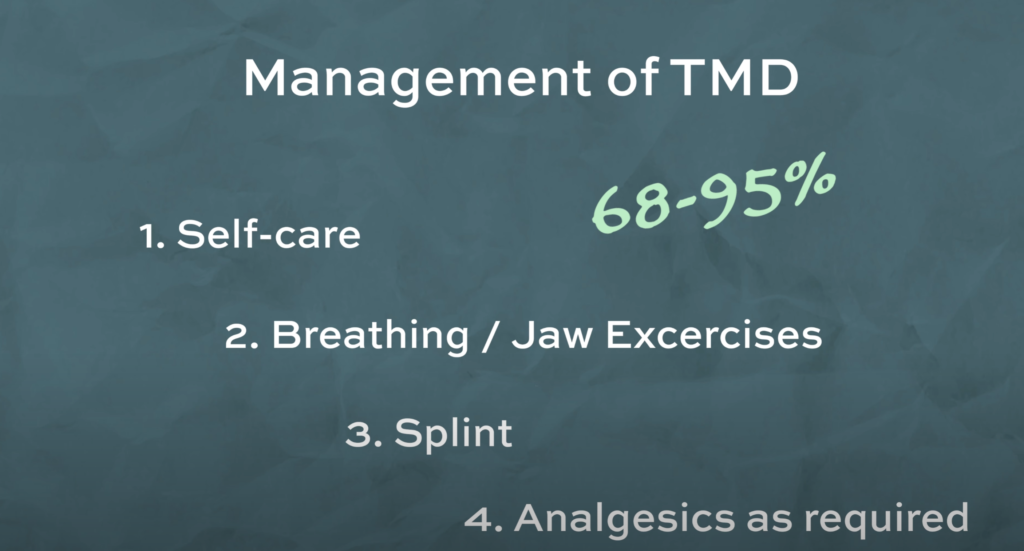
Once you’ve given this initial treatment to the patient you want to review them in about 3 months. If you find that it’s lasted for longer than 3 months, then it’s chronic TMD and needs to be referred to either the nearest Oral and maxillofacial surgery, Oral medicine or Oral surgery department.
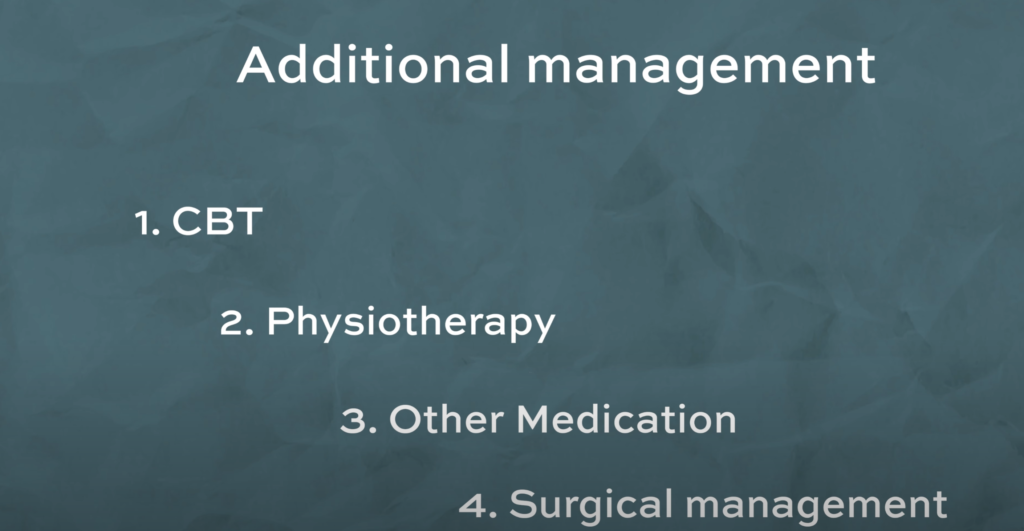
They may consider additional treatment options like the use of cognitive behavioral therapy, physiotherapy and other pharmacotherapies. Rarely they may opt for a surgical approach for very specific cases.
Check out our other content
If you’re interested, feel free to check out our other Blogs, our Instagram page, or our YouTube channel for more.
